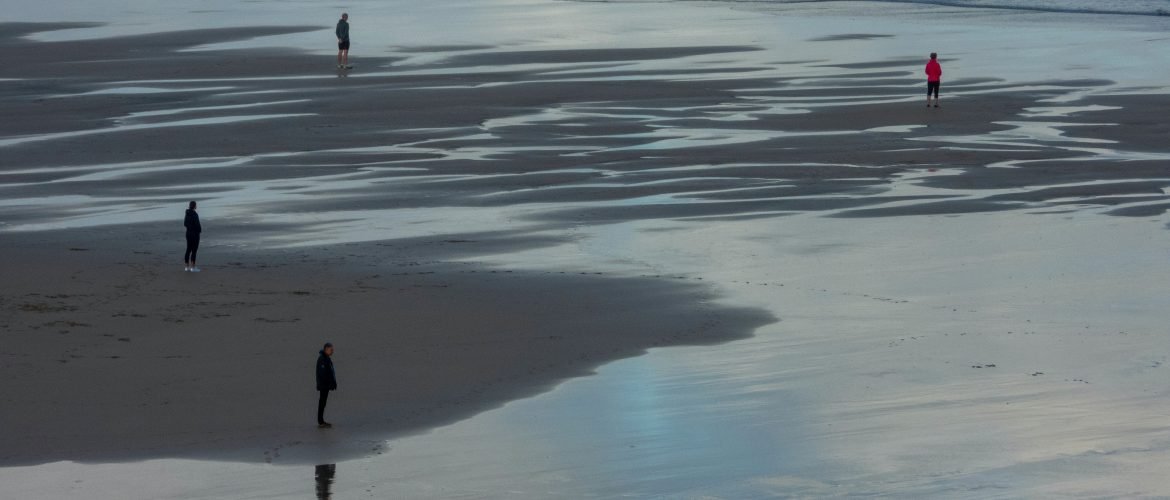We all have lost the count of day of our lock down till now, though it has been very rough and annoying for all of us to stay indoors locked but outside our planet earth has been beautifully healing. It is sad that it took an entire pandemic to make us realize that earth needs no human. With fewer planes flying in the sky and cars on the road, lock down made us connect indirectly to the nature by viewing sunsets at terraces to star gazing in clearer night sky.
With billions of people staying inside, everyday social media is flooded with beautiful serene pictures from across the world showcasing how the nature never fails to impress. First ever in decades carbon emissions and the pollution levels have decreased to an extent that even citizens from most polluted cities of India could see clear blue skies. With beautiful clear Himalayas hundreds of kilometres away, are visible from cities in Punjab and thousands of rare turtles returning to the beaches in Mumbai for breeding, things have been in perfect place for the nature. These stories are coupled with kangaroos roaming in Adelaide and penguins hopping in Cape town. But is our planet really reclaiming?
The whole picture isn’t very rosy, there are a lot of complications with the nature due to arousal of pandemic. We are all waiting for the virus to go away so that we could exploit the nature once again, and this time with a bigger potential. While the global media is reporting “silver lining” of the covid-19 pandemic, it may also lead to misconceptions among the citizens around the world. The beauty is seen in the cities whereas it’s a lot different scene in the rural areas. With recent migration of thousands of laborers to their homes from cities, pressure on the natural resources in the rural areas will definitely increase. With governments focused on how to contain the virus, many criminal groups and land grabbers are involved in illegal mining practices, illegal logging, wildlife trafficking, ivory poaching and deforestation in protected areas. There have been many reports of deforestation in Asia, Africa and other parts of the world with increased numbers in poaching wild animals. Areas with their economy dependent on tourism are most effected, people living in such areas have started to exploit the nature in other forms such as mining for gold and precious stones, as reported in Latin America. These protected areas are over-exploited and left unguarded. This collectively gives us an idea that we must get ready to tackle a very big problem in coming time with climate change already looming on the world’s head.
Governments will have to take immediate actions for the revival of the illegal practices being carried out in the world, with the focus on systemic change that can affect the economic realities of the most marginalized. Studies have also shown that changing climatic conditions due to ecosystem destruction can lead to the emergence of many new zoonotic diseases. With 60% of wildlife loss in 50 years, there has been a rise in new infectious diseases jumping from animals to humans. The scariest thing of all is that the number of trees cut and wild animals poached will never be reversed even when the virus goes away.
Article by Gursharan Kaur



